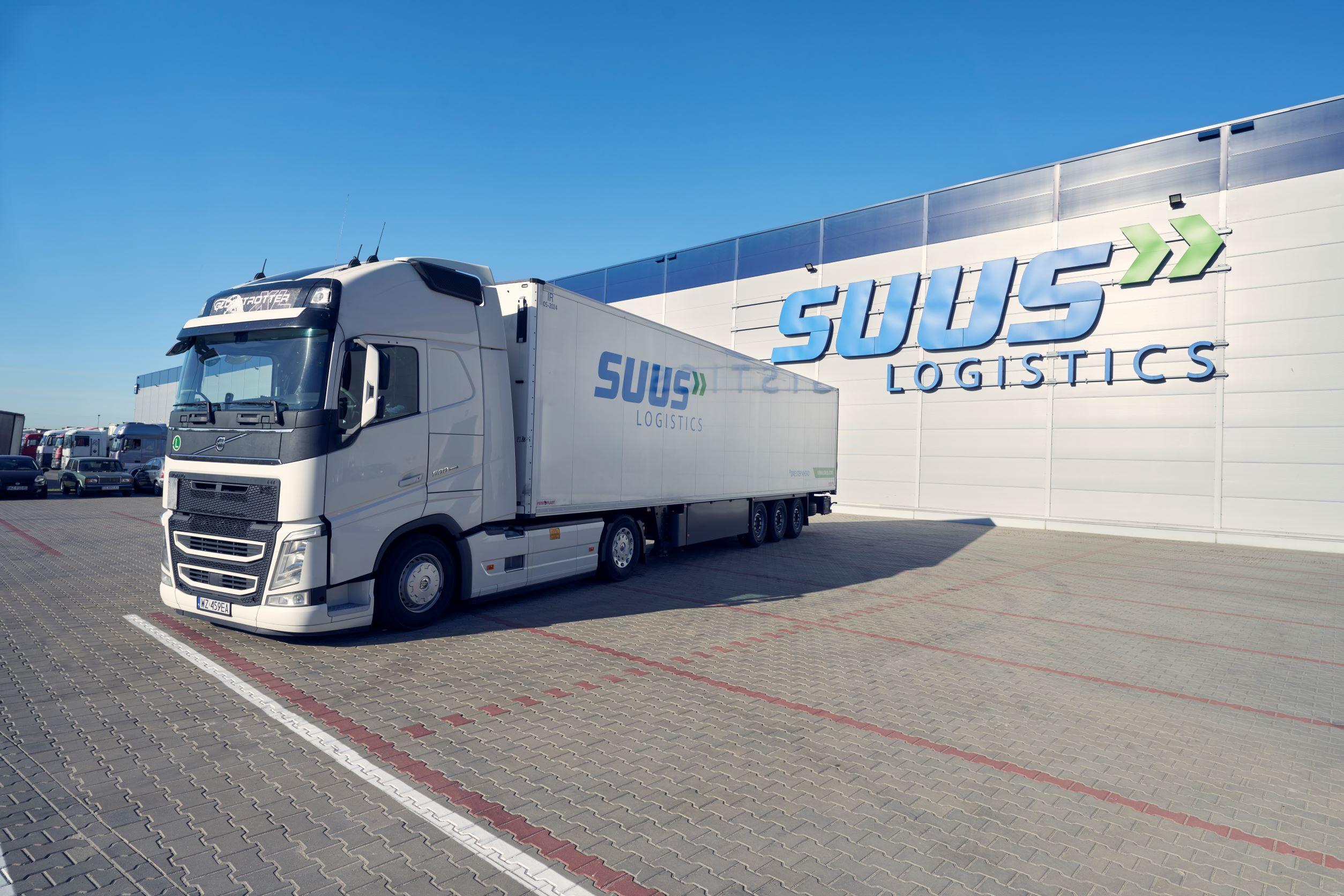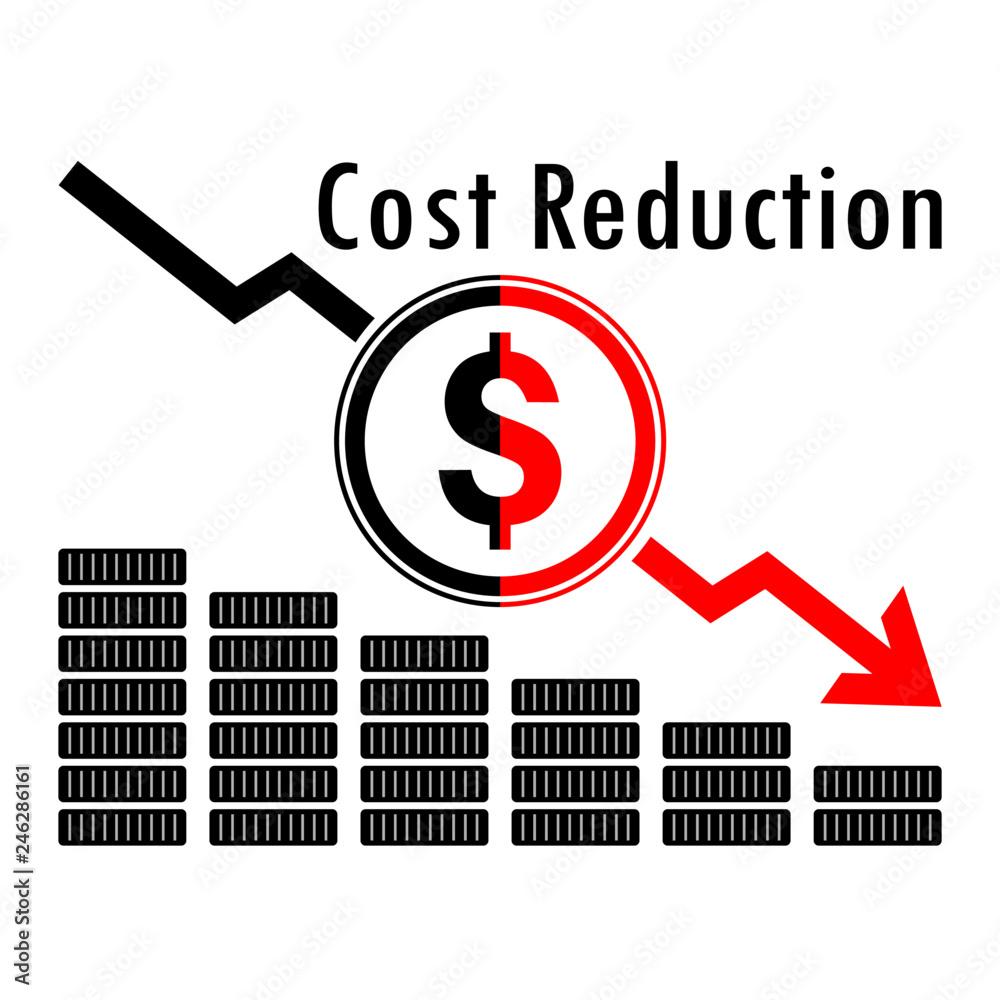In the intricate world of commerce, the seamless flow of products from point A to point B is essential for businesses to thrive. Whether it’s shipping raw materials to production sites or delivering finished goods to customers, the logistics of transportation and shipping play a crucial role in the success of any operation. Join us as we delve into the realm of common cost logistics, exploring the ins and outs of moving goods efficiently and affordably in the ever-evolving landscape of global trade.
Understanding Common Cost Factors in Logistics
When it comes to understanding the common cost factors in logistics, it’s important to consider the various expenses associated with transport and shipping. One major cost factor to take into account is fuel prices, which can fluctuate frequently and significantly impact overall transportation costs. Additionally, labor costs play a crucial role in logistics expenses, as manpower is required for tasks such as loading, unloading, and driving.
Another significant cost factor in logistics is inventory holding costs. Storing goods in warehouses or distribution centers incurs expenses such as rent, utilities, and insurance. Moreover, transportation costs, including vehicle maintenance and insurance, can add up quickly. By carefully analyzing and managing these common cost factors, businesses can optimize their logistics operations and improve their bottom line.

Efficient Transport Strategies to Minimize Expenses
When it comes to minimizing expenses in transportation, there are several efficient strategies that can be implemented to streamline logistics and shipping operations. One common cost-saving method is to consolidate shipments to reduce the number of individual deliveries, which can help lower overall transportation costs. By combining multiple orders into one shipment, companies can take advantage of economies of scale and negotiate better rates with carriers.
Another effective strategy is to optimize route planning and utilize transportation management systems (TMS) to increase efficiency and reduce fuel consumption. By using real-time data and analytics, companies can identify the most cost-effective routes, avoid traffic congestion, and optimize delivery schedules. This not only helps minimize expenses but also improves overall supply chain performance and customer satisfaction.

Key Considerations for Cost-Effective Shipping Solutions
When it comes to finding cost-effective shipping solutions, there are several key considerations to keep in mind. One important factor to consider is the size and weight of your packages. Shipping larger or heavier items can significantly increase your shipping costs, so it’s important to optimize your packaging to minimize these costs. Additionally, considering the shipping distance and delivery timeline can help you choose the most cost-effective shipping method for your needs.
Another key consideration for cost-effective shipping solutions is to explore different shipping carriers and services. Researching and comparing rates from multiple carriers can help you find the best deal for your shipping needs. Additionally, taking advantage of bulk shipping discounts or negotiating rates with carriers can further reduce your shipping costs. Finally, leveraging technology such as shipping software or automation tools can streamline your shipping process and help you save time and money in the long run.

Optimizing Supply Chain Expenses through Strategic Planning
When it comes to , one common cost that companies often overlook is logistics. By carefully evaluating and streamlining the logistics process, businesses can significantly reduce expenses and improve overall efficiency. One key aspect of logistics that can impact costs is transportation. By carefully selecting the most cost-effective transportation options, such as utilizing a combination of rail, truck, and air freight, companies can minimize expenses while still meeting customer demand.
Another area where companies can save on costs is shipping. By negotiating favorable rates with shipping carriers and optimizing packaging to reduce dimensional weight, businesses can significantly lower their shipping expenses. Additionally, implementing efficient warehouse management strategies, such as utilizing automated systems and optimizing storage space, can further reduce costs associated with handling and storing inventory. By paying careful attention to these common cost factors in logistics, transportation, and shipping, businesses can effectively optimize their supply chain expenses and improve overall profitability.
Key Takeaways
In conclusion, understanding the common costs associated with logistics, transport, and shipping is essential for businesses to effectively manage their supply chain operations. By carefully analyzing these expenses and implementing cost-saving strategies, companies can streamline their operations, improve efficiency, and ultimately increase their bottom line. With proper planning and foresight, businesses can navigate the complex world of logistics with confidence and success. Thank you for reading and remember, in the world of logistics, knowledge is power.
